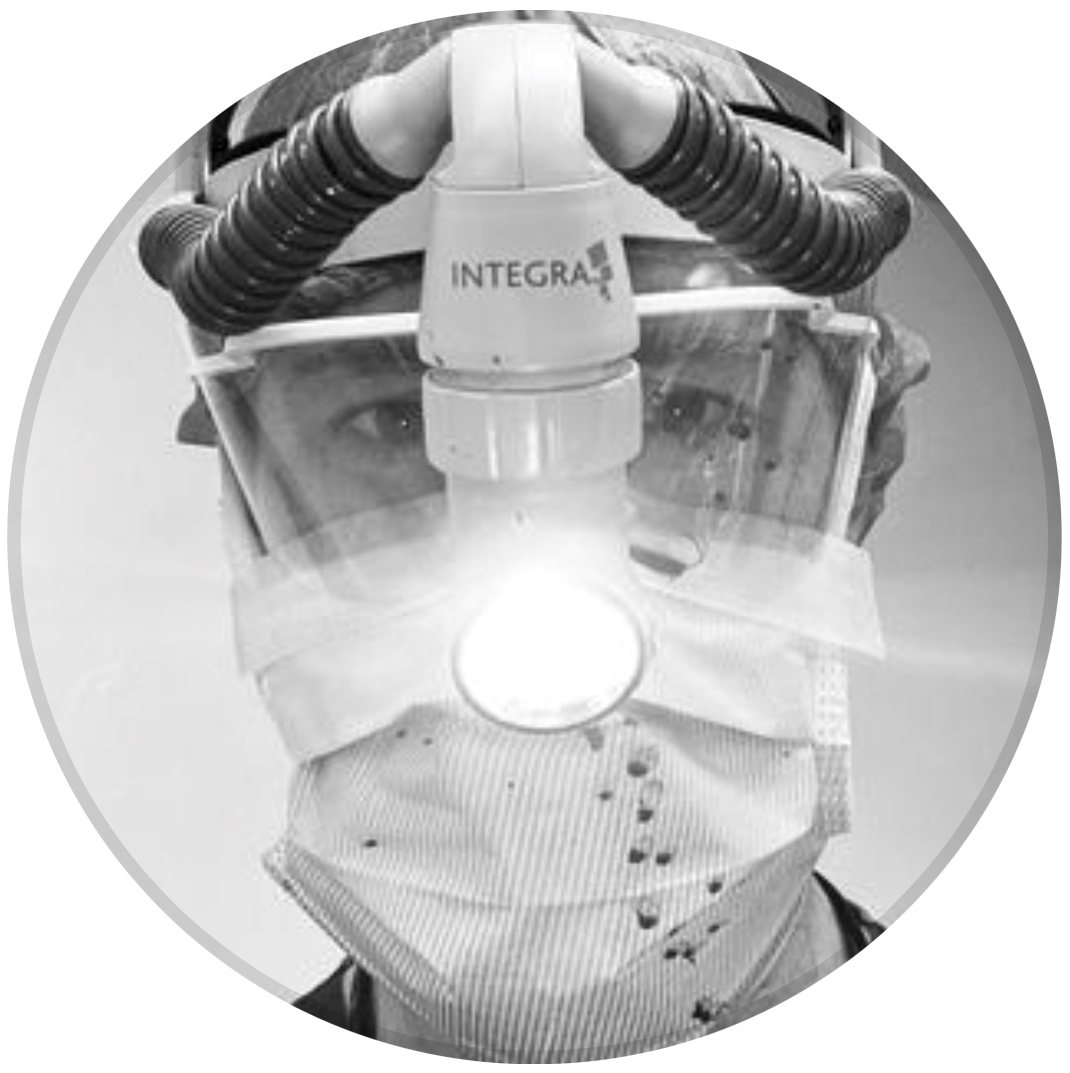Complex Acetabular Fracture with Posterior Column and Wall Involvement
Score and Comment on this Case
Clinical Details
Clinical and radiological findings: A 44-year-old male involved in a high-speed motor vehicle collision presented with a complex acetabular fracture. The fracture pattern was a posterior column and posterior wall variant, with significant posterior column displacement, posterior dislocation, a large medialized free articular fragment, and posterior superior impaction. Radiological assessment indicated an incomplete ischial T-type fracture according to the Judet and Letournel classification, with the AO/OTA classification being 62-C1.
Preoperative Plan
Planning remarks: The preoperative plan involved a dual approach due to the complexity of the fracture. An initial anterior intrapelvic (AIP) approach was planned to address the large medialized articular fragment. This would be followed by a Kocher-Langenbeck (KL) approach to manage the posterior column displacement, posterior wall fragments, and impaction.
Surgical Discussion
Patient positioning: The patient was initially positioned supine for the AIP approach to facilitate access to the anterior structures. Following this, the patient was repositioned prone for the KL approach to address the posterior elements.
Anatomical surgical approach: The anterior intrapelvic approach involved an incision along the iliac crest extending towards the pubic symphysis, allowing access to the quadrilateral surface and medial acetabulum. The Kocher-Langenbeck approach was performed with a longitudinal incision over the greater trochanter, extending distally along the femoral shaft, providing access to the posterior column and wall.
Operative remarks:The surgical strategy was dictated by the need to address the large free articular fragment through the AIP approach first. This fragment was found to be completely free from its cortical attachment, complicating reduction efforts. The posterior column and wall were then addressed via the KL approach, where reduction of the impaction and stabilization of the column were achieved. Despite efforts, minor articular malreduction was noted postoperatively.
Postoperative protocol: Postoperative rehabilitation included non-weight bearing on the affected limb for 8 weeks, followed by gradual weight-bearing as tolerated. Range of motion exercises were initiated early to prevent joint stiffness.
Follow up: Not specified
Orthopaedic implants used: Pelvic reconstruction plates, screws for fixation of posterior column and wall fragments.
Search for Related Literature

orthopaedic_trauma
- United States , Seattle
- Area of Specialty - General Trauma
- Position - Specialist Consultant

Industry Sponsership
contact us for advertising opportunities










_ sequence_ and reduction strategies fun and challe_2.jpg)
_ sequence_ and reduction strategies fun and challen(.jpg)
_ sequence_ and reduction strategies fun and challe_1.jpg)
_ sequence_ and reduction strategies fun and challe_3.jpg)
_ sequence_ and reduction strategies fun and challe_4.jpg)
_ sequence_ and reduction strategies fun and challe_5.jpg)
Article viewed 132 times
12 Jul 2025
Add to Bookmarks
Full Citation
Cite this article:
Surname, Initial. (2025). Complex Acetabular Fracture with Posterior Column and Wall Involvement. Journal of Orthopaedic Surgery and Traumatology. Case Report 30575075 Published Online Jul 12 2025.